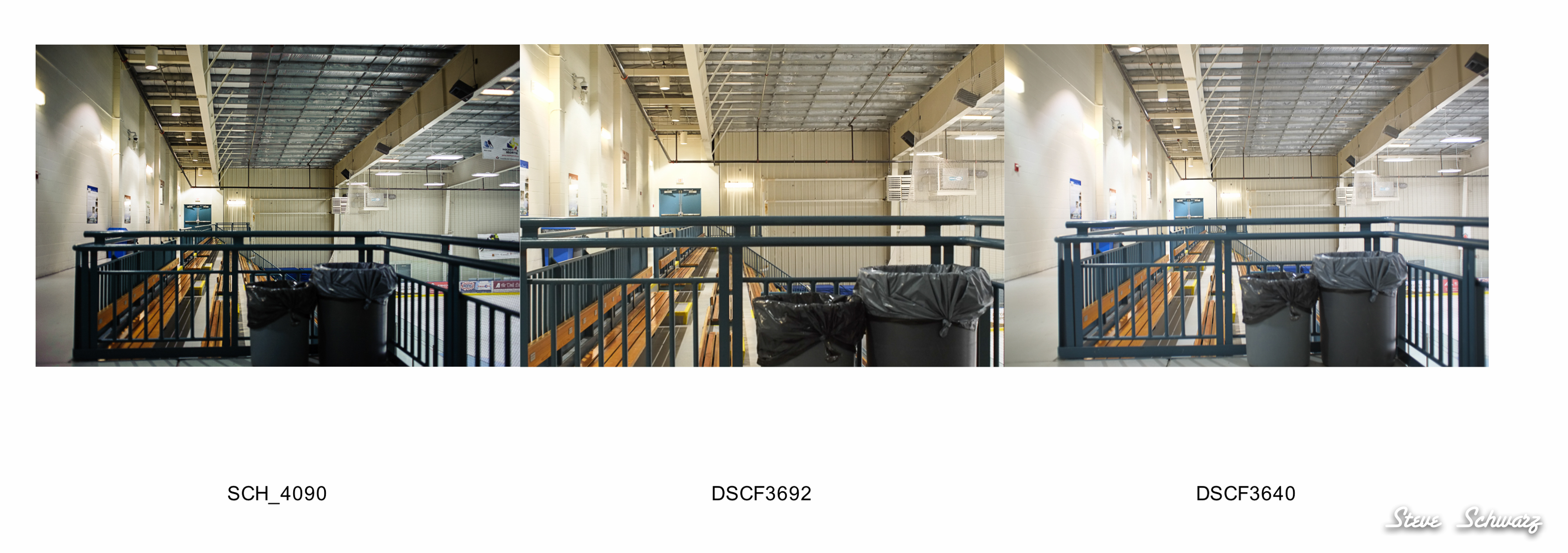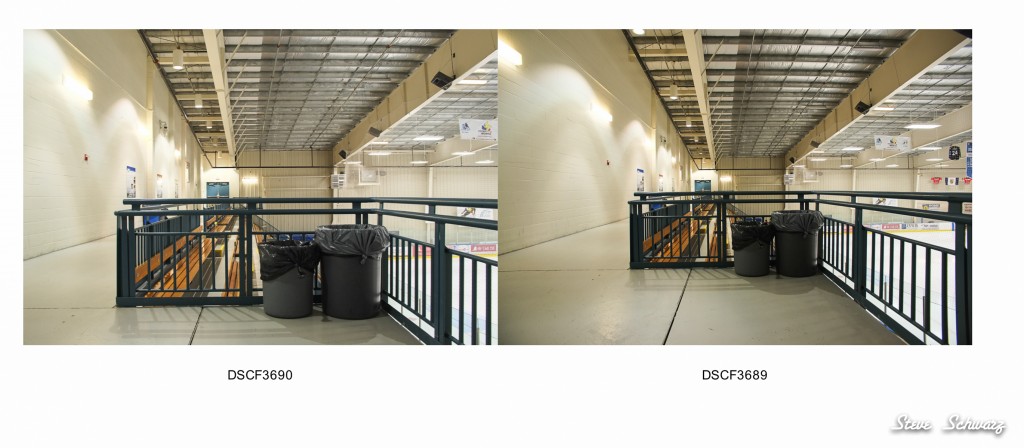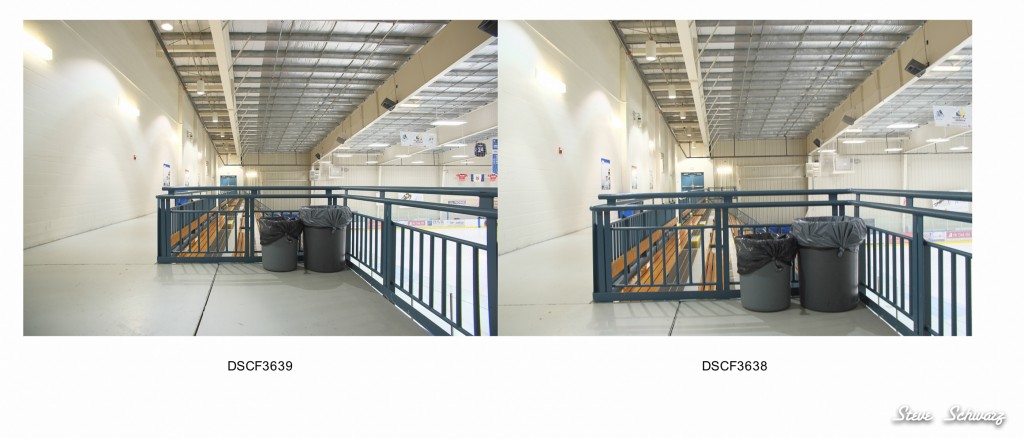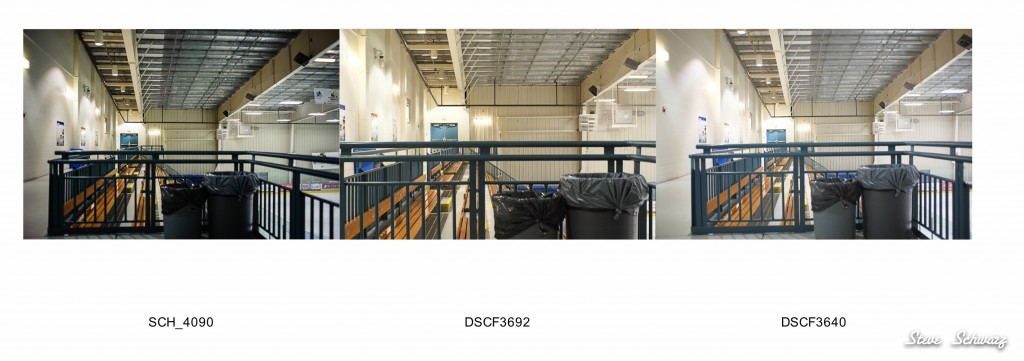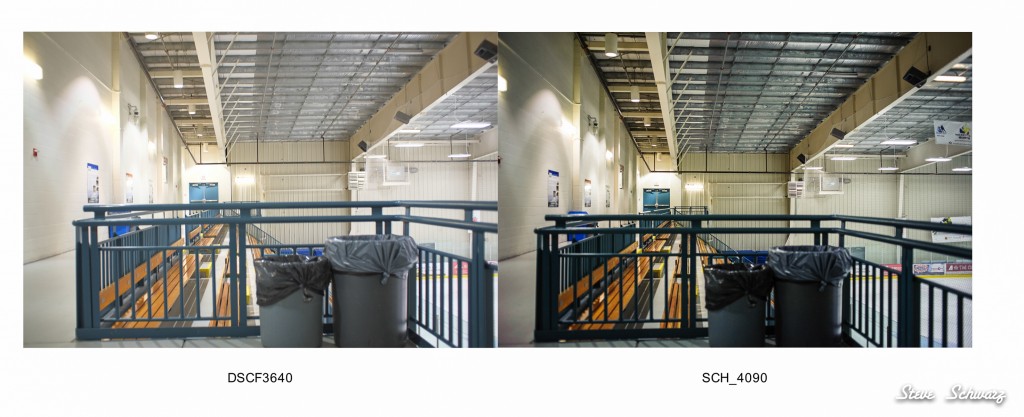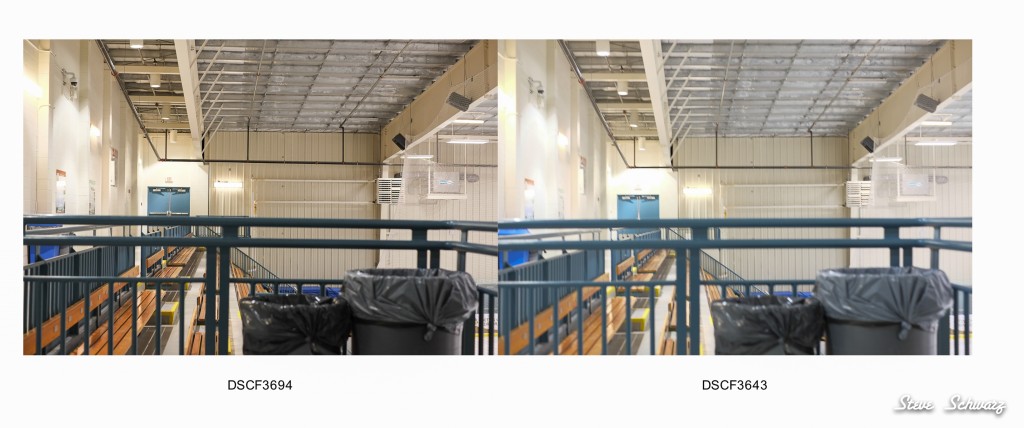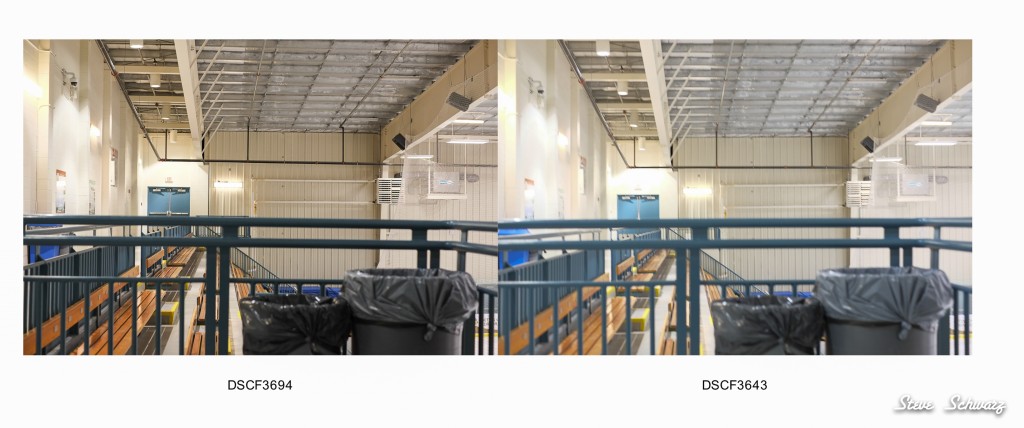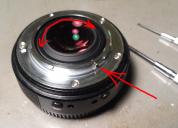Welcome to a blog post about my experiences with a Fujifilm X-Pro1 and X-E1 and X-mount lenses while traveling through 10 countries between September 2014 and July 2015. This is not a hands-on review – there are already tons of reviews online, and, both the X-Pro1 and X-E1 have already been replaced by the X-Pro2 and X-E2 respectively.
For the past 10 or so years, I have been a hard core Nikon gear user – with two full frame DSLR’s (D-700’s) and a range of lenses from ultra wide angle to 400mm. From experience, I always travel with a 3 to 5 lenses (or more) and when on extended travel, or to challenging environmental conditions – I always bring two cameras; one as a backup in case one is dropped, or malfunctions, and also the flexibility of a wide angle lens on one camera and a telephoto lens on the other camera. A year off work to travel changed all that. The size and weight of even one DSLR and a range of lenses was too much, even carrying a single D700 with a 50mm lens is bulky and heavy – and does not allow the creativity of different lenses, or a second camera. There was simply no way that I could carry my normal camera gear for 10 months international travel. Bottom line – I needed a smaller and lighter camera with near SLR capability.
Approximately 8 months before the start of my year off work, I started to look really closely at the developments in mirror-less technology.
My basic criteria included:
1) Small size and light weight. I don’t want to look like a pro photographer with a couple of DSLR’s dangling from my neck. My goal was to be able to carry all my camera gear in a non-descript messenger bag.
2) Ability for inter-changeable lenses.
3) I needed a system that would provide excellent image quality.
After a lot of research at mirror-less system Olympus, Sony, and Fujifilm, I settled on the Fujifilm. At the time, the Fujifilm choices were between the X-Pro1 and the X-E1. I bought an X-Pro1 for the electronic and optical viewfinder, and since I did not have previous experience with electronic-type viewfinder. The X-Pro1 with the large buttons and dials has the look of a vintage rangefinder film camera. Still wanting a second camera as a backup – the other logical choices was the X-E1. The X-E1 is smaller and lighter than the X-Pro1 and doesn’t have the optical viewfinder. Both cameras use the same “X-Trans” CMOS sensor – so image quality is identical. The two cameras do have slightly different ergonomics – with practice I would learn how to automatically adjust the buttons and dials on each without removing my eye from the viewfinder.
With the X-Pro1, and X-E1 my lenses included the XF 14mm, XF 18-55mm, and XF 55-200mm, which all fit easily into my Timbuktoo shoulder bag. All this gear (camera and lenses) was less bulk, and weighed significantly less than my Nikon D700 with a 17-35mm land and 70-200 VR1 lens.
During the 10 months of travel, we experienced high humidity in Thailand and Cambodia, dusty and hot conditions in Western Australia, experienced cold temperatures on the mountains of Nepal, were blasted by sand storms in Dubai, snowed on in Turkey, and chilled on the damp beaches of Normandy (France), and in Holland. The X-Pro1 and X-E1 and my and X-mount lenses performed without problem – mostly. The X-E1 had a hate relationship with the XF 14mm, the rear LCD screen would flicker and then the camera would lock up. Only after pulling out the battery would the camera cooperate – until you pressed the shutter – and then it would lock up again. I didn’t have any problems with any other lenses. Mysteriously, the problem was “cured” after dropping the camera on the street. The X-E1 worked fine (even with the XF 14mm lens), though the XF 18-55mm lens didn’t fare so well (it has since been repaired by Fuji Canada).
Now, almost 15 months after starting the year-long journey and nearly two and half years since I bought them, both the X-Pro1 and X-E1 are showing signs of wear and tear. There are small dents, and in some areas the black paint is worn off. There are a couple of flakes of dust on the sensor, even some inside the lenses – nothing major. The cameras and lenses are still working well. During the travels, they were not ‘babied’ – simply dropped into the messenger bag, lens caps were never used, and even at times, the lenses were changed in less than ideal conditions. I have taken tens of thousands of images X-Pro1 and X-E1, and by now can speak comfortably about the positives and negatives.
Like most cameras, the X-Pro1 and X-E1 do have little quirks that could be annoying. My only major negative comment is the slow focusing. Actually, focus speed sucks. Do remember that focus speed has been significantly improved in X-Pro2 and X-E2.
Other quirks are the all-too-easily turned exposure compensation dial, and the fly-by wire Fuji XF lenses that do not remain set to a specific focus distance after the camera has been turned off and back on again.
- I do like the large buttons and dials for adjusting the aperture, shutter speed, and exposure compensation.
- I also like that the X-Pro and X-E1 are small and compact, and do not spook or intimidate the subjects as much as a large DSLR, giving me more freedom and access than if I had a large DSLR around my neck.
- I bought the X-Pro1 for the electronic and optical viewfinder originally thinking that I would not get used to the electronic viewfinder. Instead, I hardly ever the optical viewfinder, only in low light situations.
- I also really like the fact that the eyepiece is not centered as in DSLR (and X-T1). Instead, the viewfinder is on the left side of the camera. My nose is not squashed against LCD screen. My right eye in viewfinder, left eye is not blocked – and can view the scene.
- I also like that the cameras look retro, or old-school. Many people have asked me if the camera was an old range-finder type film camera, or a Leica M9 !. Although the Fuji’s do use the Fuji-X lens mount, with adapters I can attach old film camera lenses (M39 and M42 lens mount) along with Pentax, Canon and Nikon lenses. While in Holland, I bought a couple of old manual focus russian lens (Industar, and Helios). Their optics are not nearly as good as the Fuji-X lenses, though they do have a unique look.
- I also like the build quality, image quality and weight of the Fuji-X lenses – especially the 14mm, 35mm and 55-200mm.
- I love the quality of the images. Even though though the X-Pro1 and X-1 are now several years old, compared to newer cameras, the quality of the images is still amazing. Images straight out of the camera are sharp with bold vibrant colors.
So – will I sell my DSLR camera gear ?
The Fuji X-Pro1 and X-E1 are unique cameras, and not necessarily for everyone.
There are some things that the Fuji X-Pro1 and X-E1 simply do not do well. As any artist knows, it is a matter of using the right tool for the job. Photographing things that move quickly; children, wildlife or trains – are easy with a large DSLR, and is a challenge for the X-Pro1 and X-E1. The X-Pro1 and X-E1 are great for static subjects, or where you need a lightweight and more discreet camera for street and travel photography. Back at home, I can use my X-Pro1 and X-E1 for studio work, with my (for Nikon) Pocketwizard Mini TT1 and Flex TT5 controllers.
Finally, my experience is biased, since I have not yet tested the newer X-Pro2, X-E2 or the X-T1.
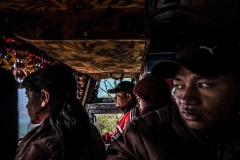 Walking home from work today, I mentioned to a neighbor that I have been repeating the very same route that i have followed for 20 years – up the hill to work, down for lunch, up after lunch and down again at 5pm. Each way, is approximately 12 to 15 minutes. In winder and in summer, rain or shine. Sometime I bike to work – and it takes a few minutes less. For him – it has been 29 years – up and down on the same route. He is totally happy with his commute as he knows the alternatives – driving, train, subway or bus as many people do.
Walking home from work today, I mentioned to a neighbor that I have been repeating the very same route that i have followed for 20 years – up the hill to work, down for lunch, up after lunch and down again at 5pm. Each way, is approximately 12 to 15 minutes. In winder and in summer, rain or shine. Sometime I bike to work – and it takes a few minutes less. For him – it has been 29 years – up and down on the same route. He is totally happy with his commute as he knows the alternatives – driving, train, subway or bus as many people do.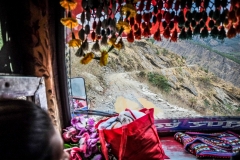
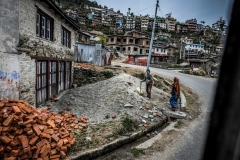
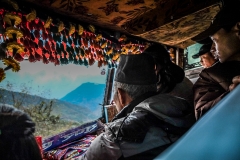
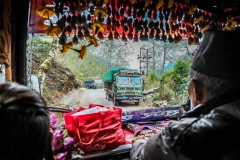
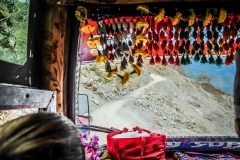
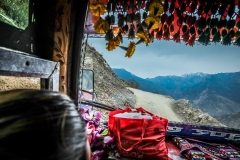
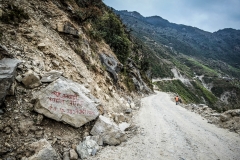



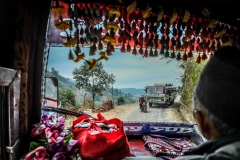
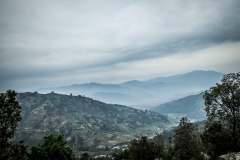
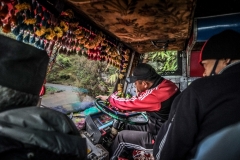
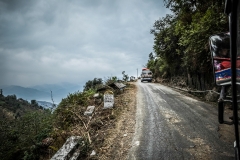
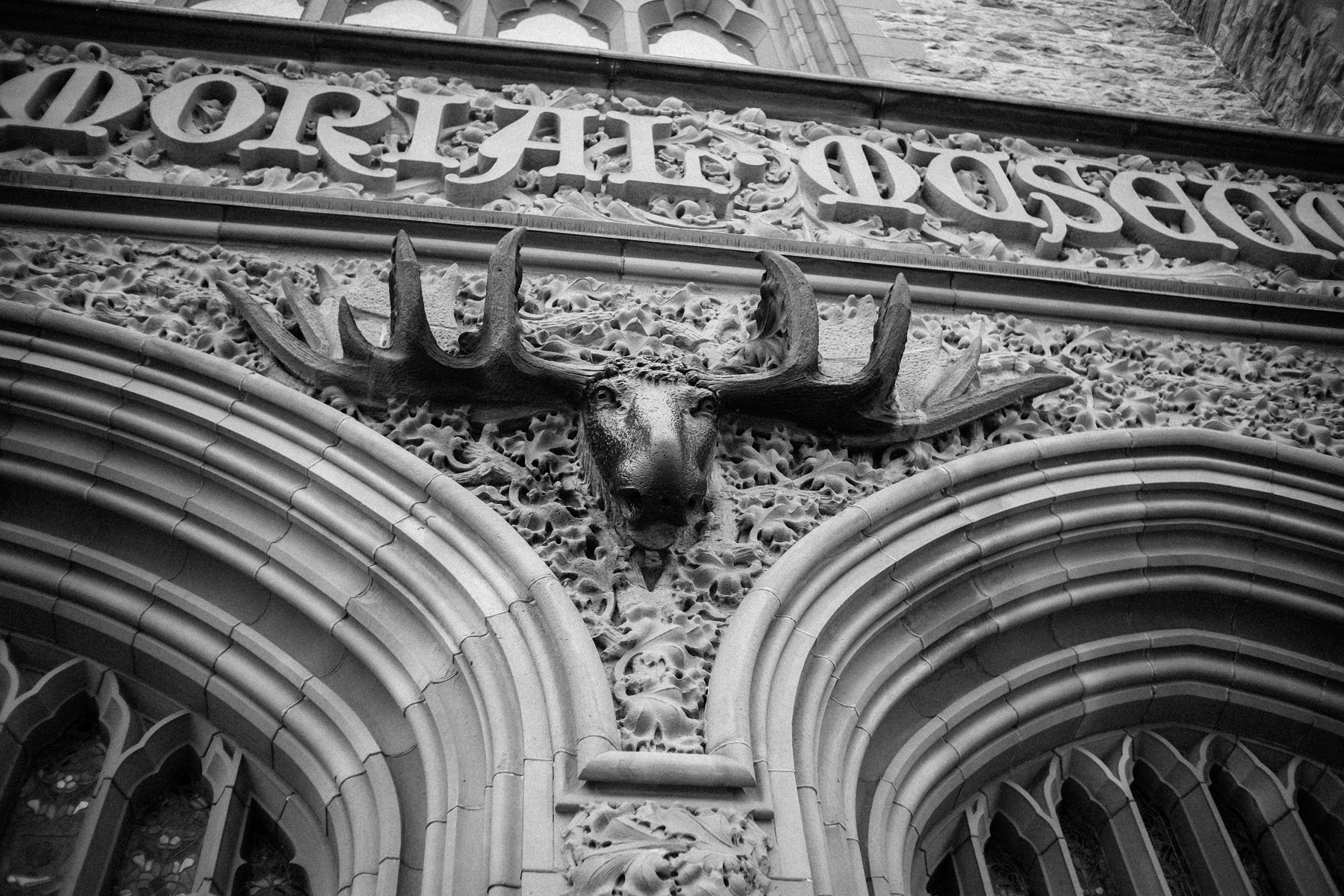 Industar 50-2 f/3.5 on Fujifilm X-E1
Industar 50-2 f/3.5 on Fujifilm X-E1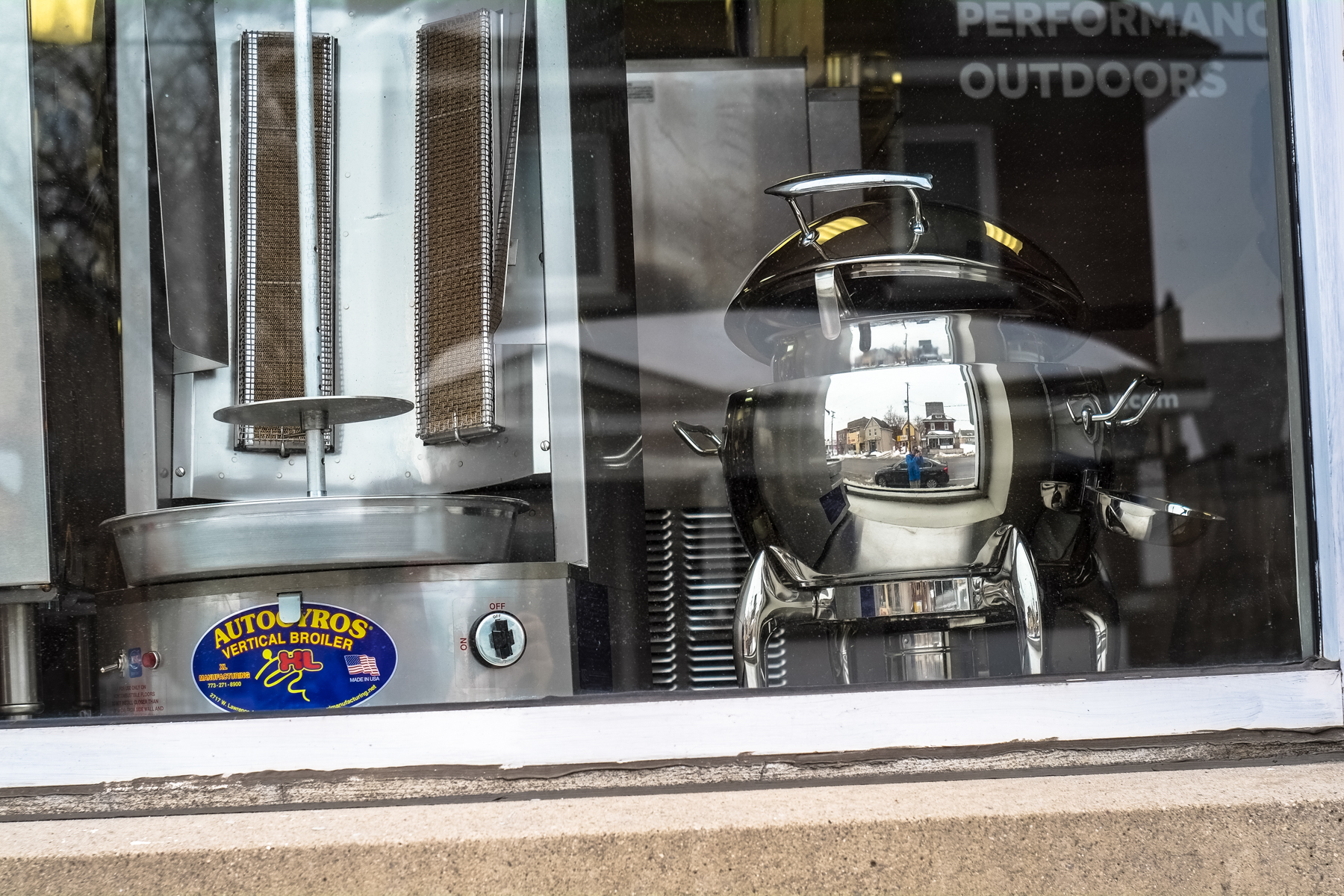 Industar 55mm f/2.8 on Fujifilm X-Pro1
Industar 55mm f/2.8 on Fujifilm X-Pro1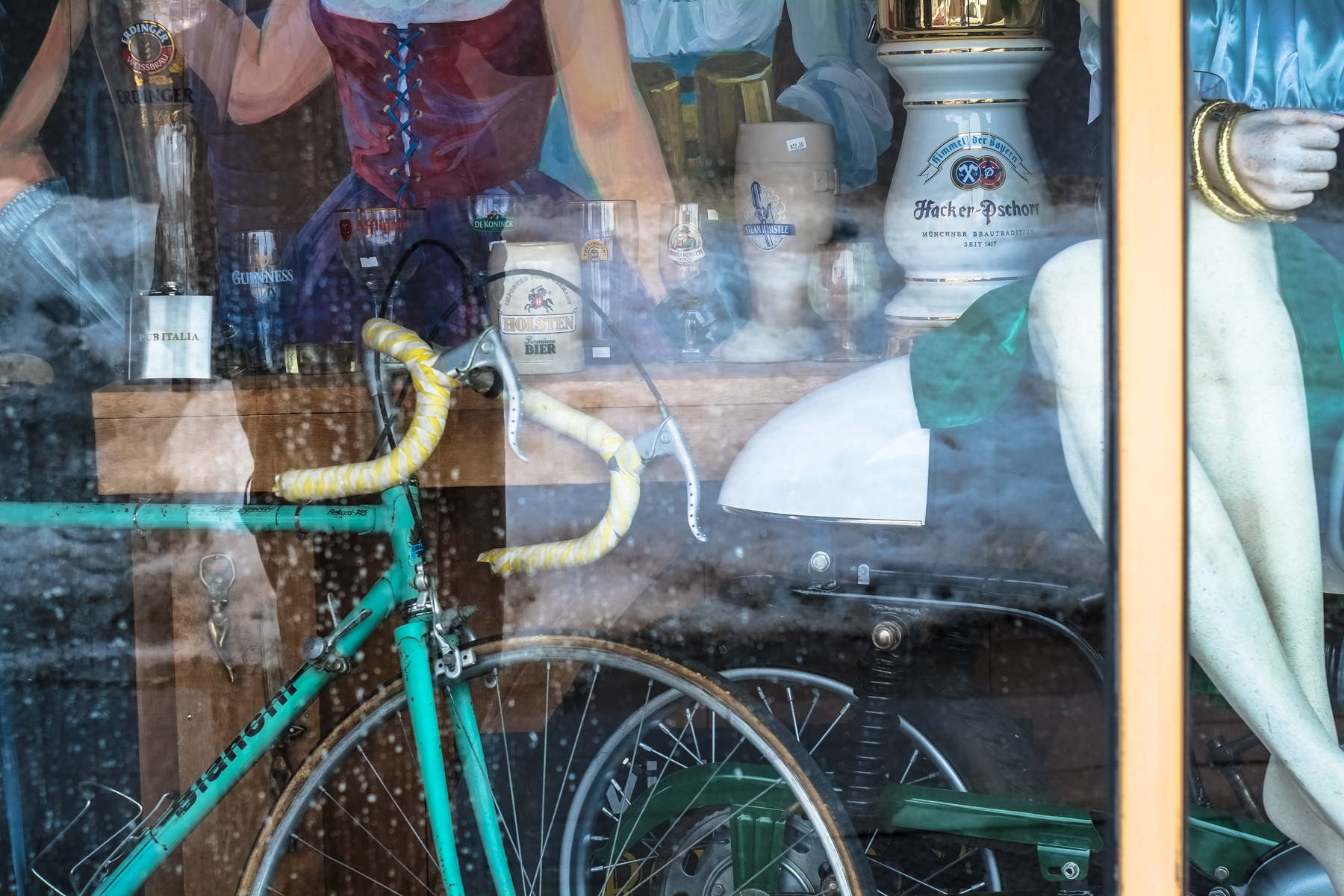 Industar 55mm f/2.8 on Fujifilm X-Pro1
Industar 55mm f/2.8 on Fujifilm X-Pro1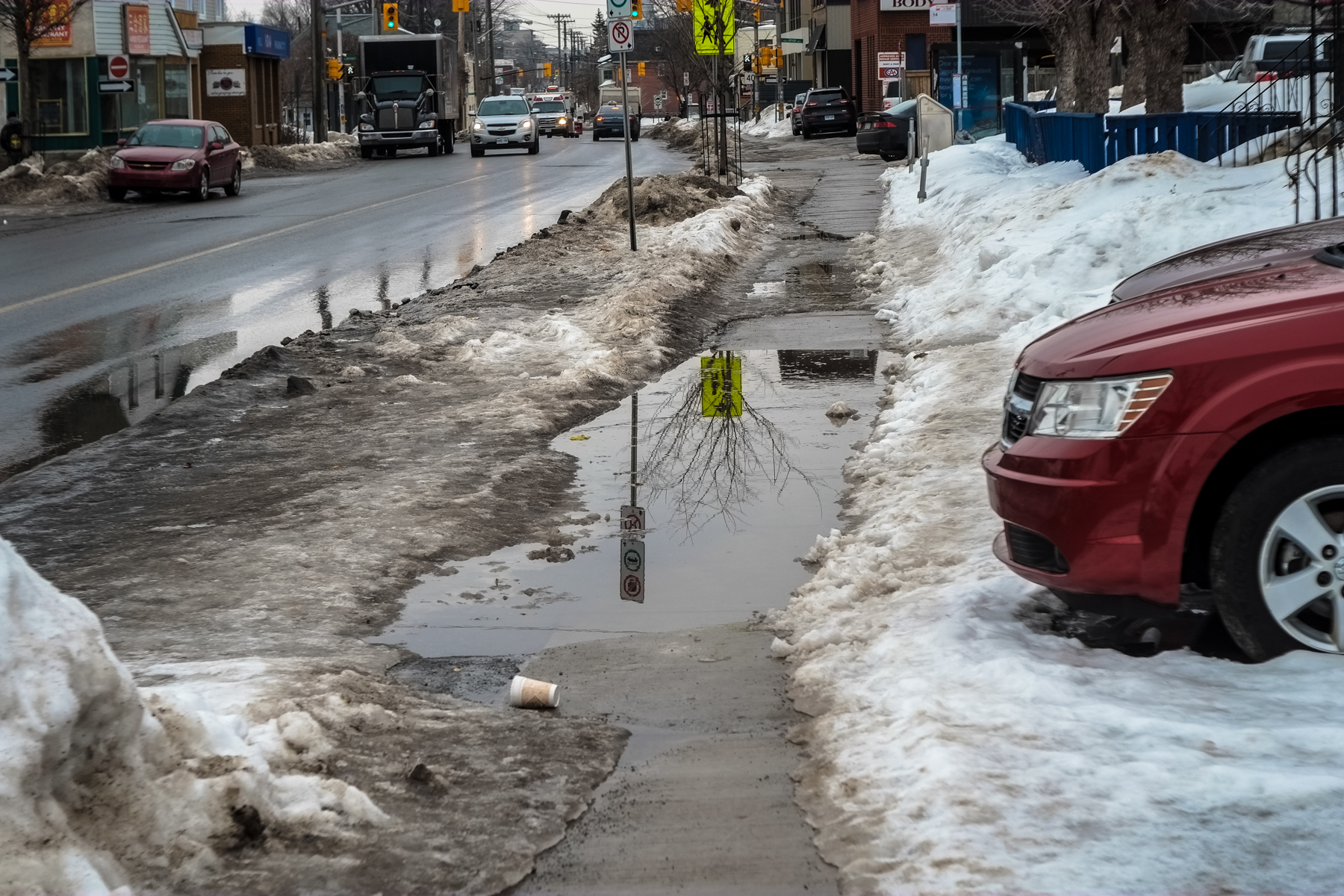 Industar 50-2 f/3.5, on Fujifilm X-E1
Industar 50-2 f/3.5, on Fujifilm X-E1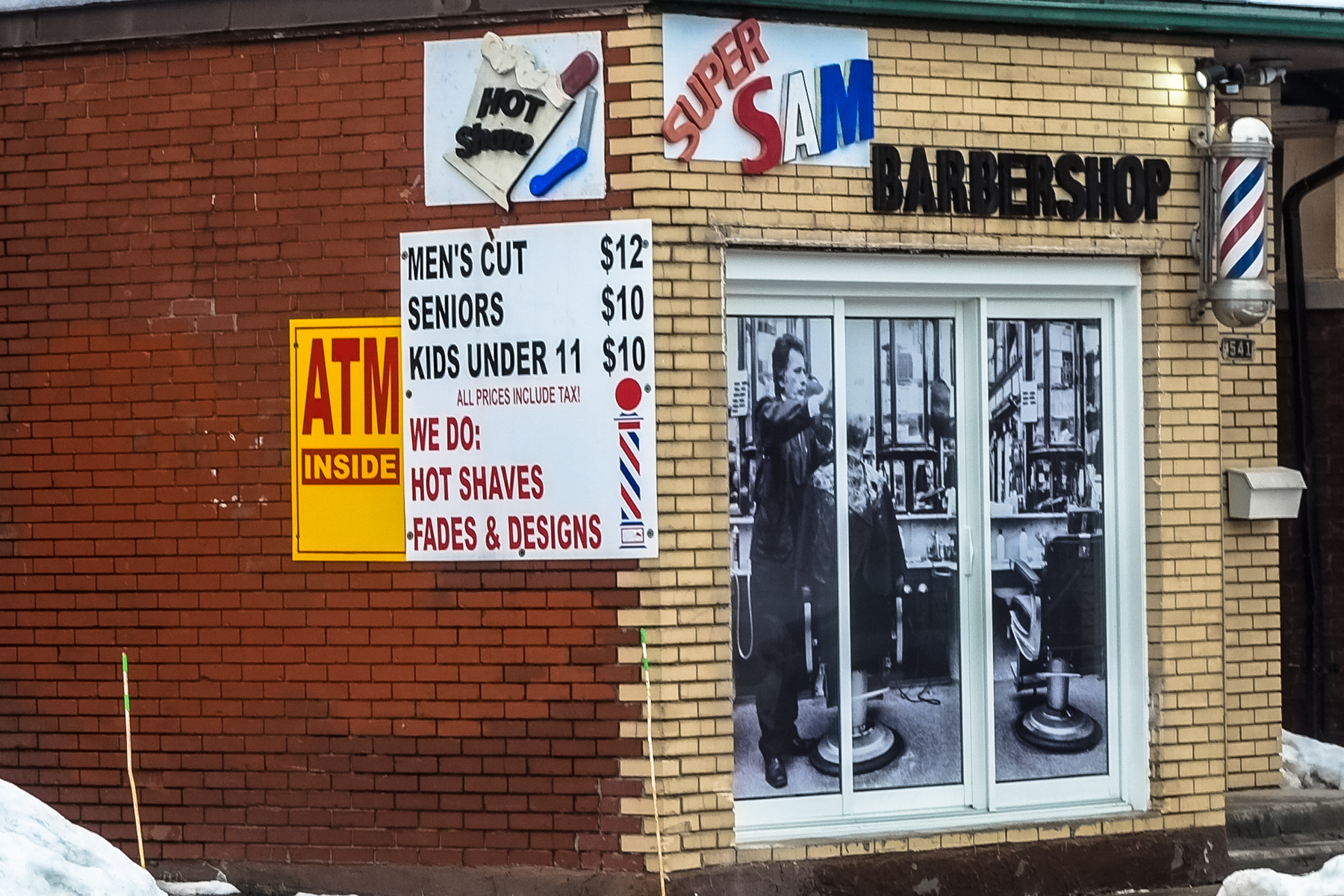 Industar 50-2 f/3.5 on Fujifilm X-E1
Industar 50-2 f/3.5 on Fujifilm X-E1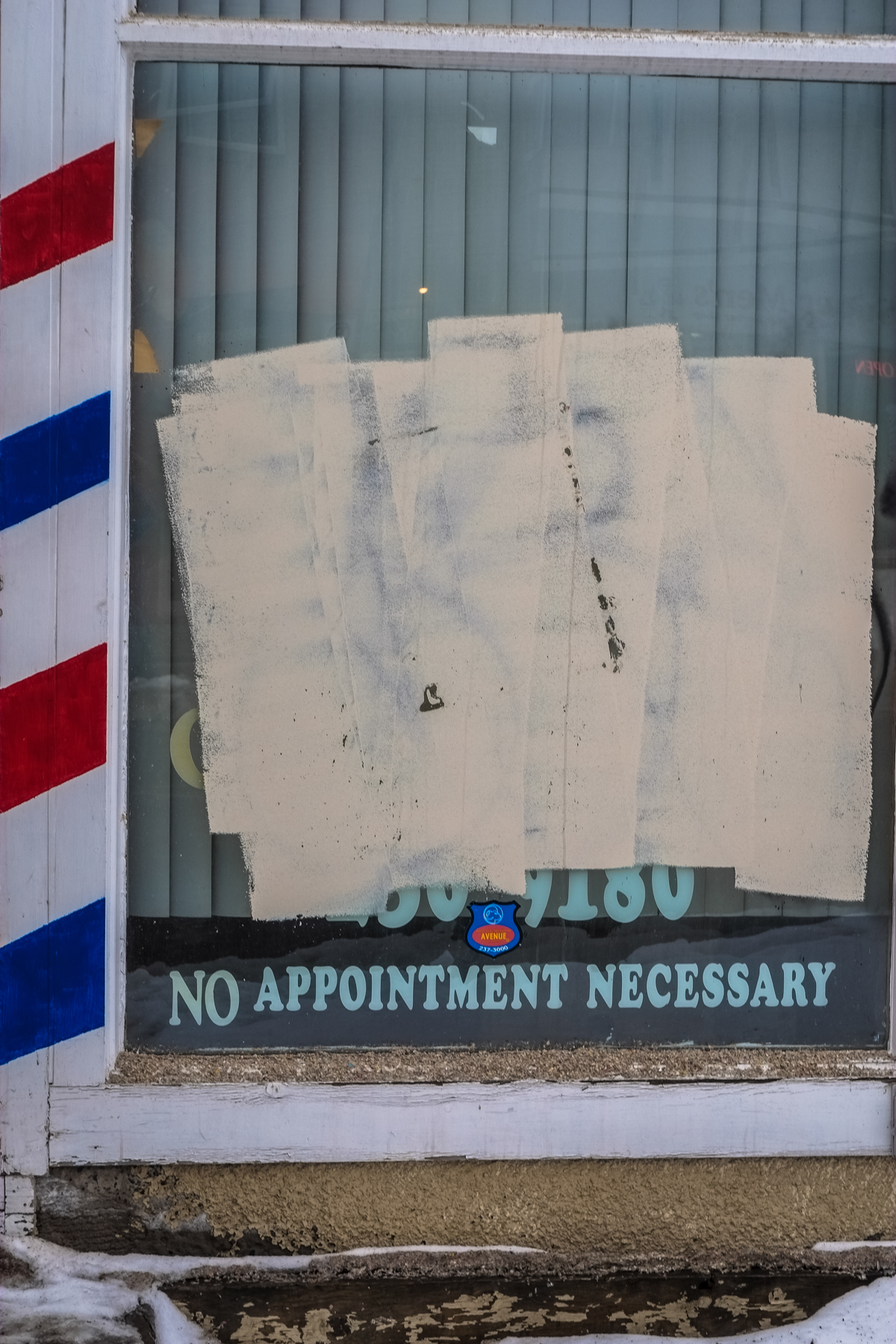 Industar 50-2 f/3.5 on Fujifilm X-E1
Industar 50-2 f/3.5 on Fujifilm X-E1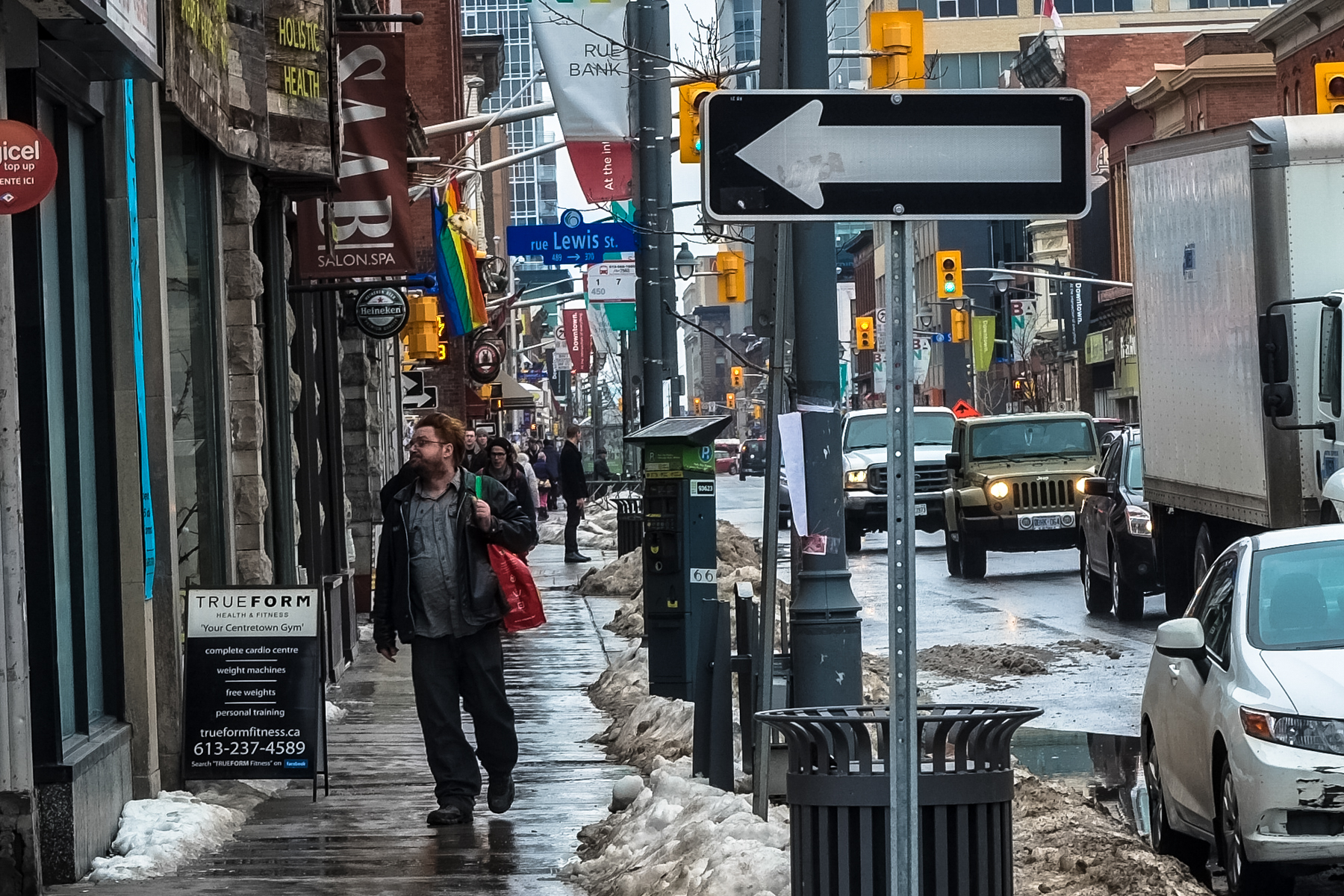 Industar 50-2 f/3.5 on Fujifilm X-E1
Industar 50-2 f/3.5 on Fujifilm X-E1 Industar 55mm f/2.8 on Fujifilm X-Pro1
Industar 55mm f/2.8 on Fujifilm X-Pro1